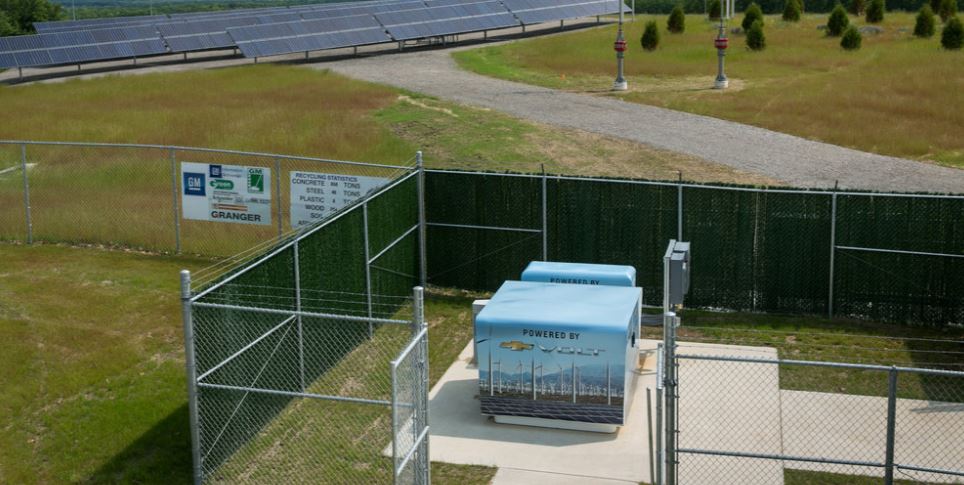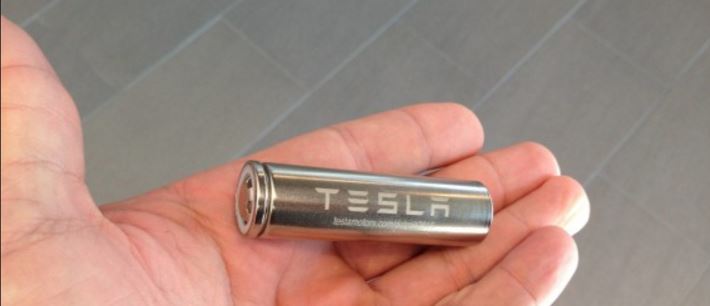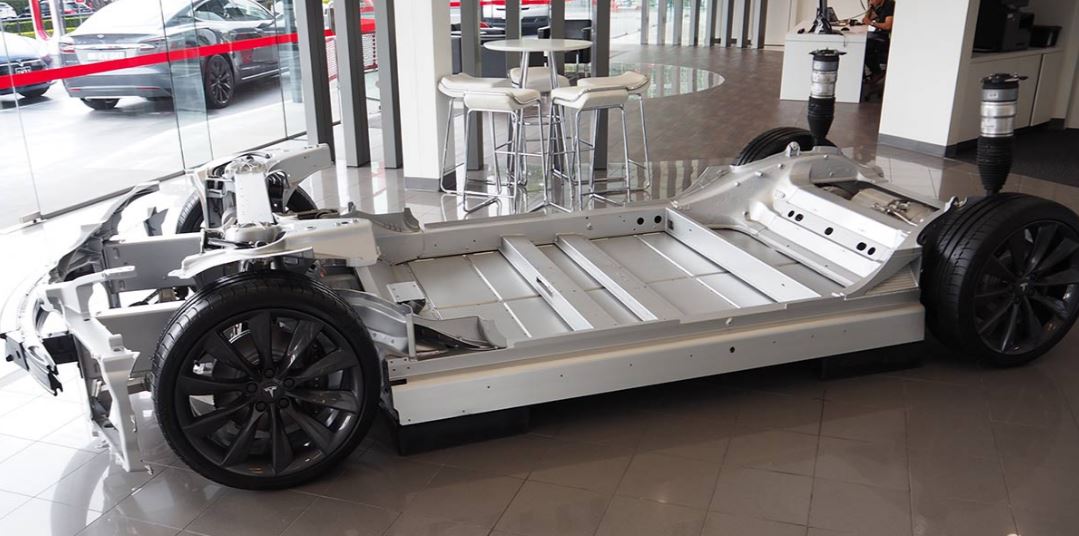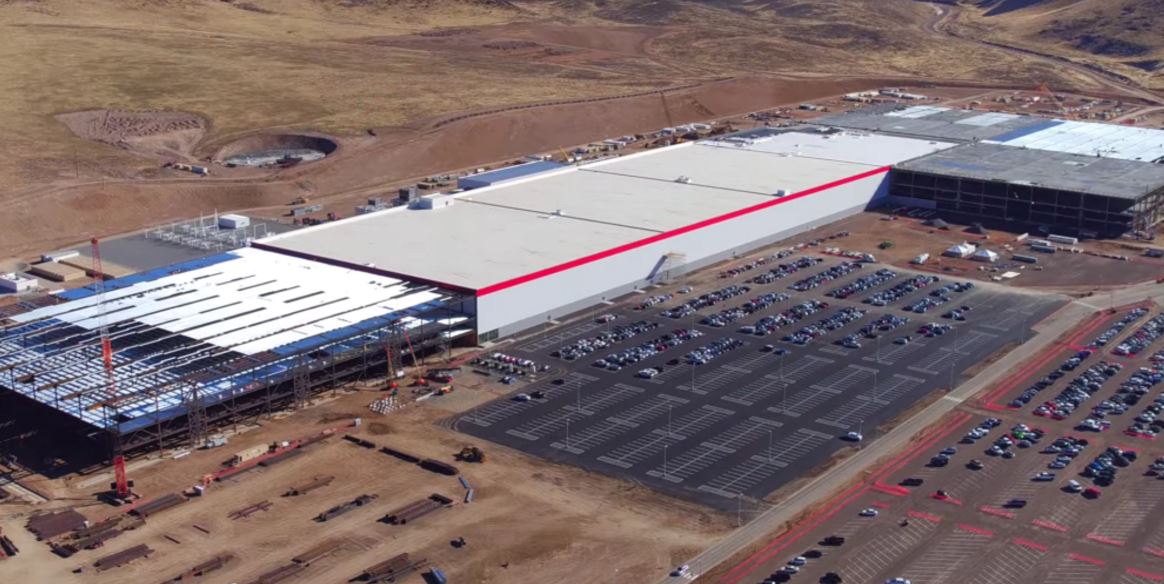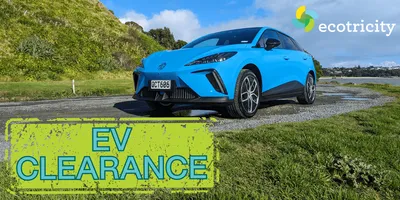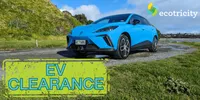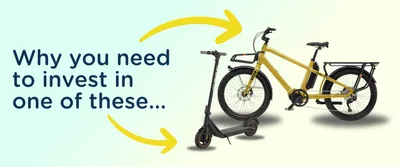PUMP vs PLUG Cradle to Grave Impacts
30/11/2016
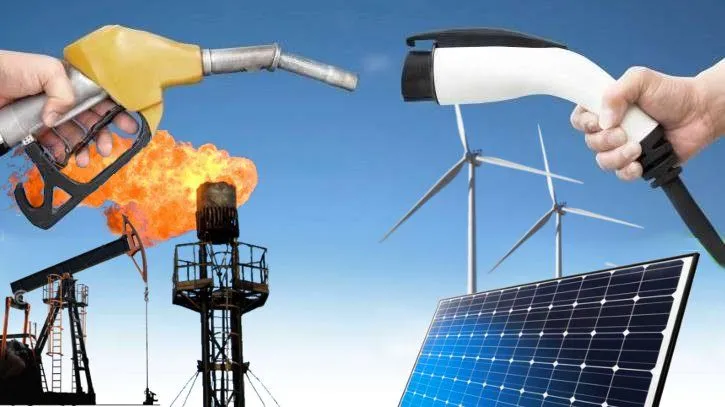
Can Electric Vehicles (EVs) really save the Planet?
What are the Cradle to Grave Environmental Impacts of EVs Compared with Fossil Fueled Vehicles
We’re regularly asked whether Electric Vehicles (EVs) are better than their Petrol or Diesel cousins (FOSSILs) over the lifetime of the vehicle.
While it may seem like an obvious answer, there are actually a number of considerations beyond tailpipe emissions to take into account.
In this article we will look at three key considerations;
1. Lifetime Emissions Cradle to Grave emissions of fueling and manufacturing of EVs vs FOSSILs
2. Re-Use and Recyclability How much can EVs or FOSSILs be recycled or re-used
3. Toxicity What other upstream effects should be considered
We have focused on pure electric vehicles (EVs) as over the next couple of years long range electric cars will become the norm.
First the easy one. Cradle to grave emissions.
Tailpipe Emissions VS Electricity Emissions
Tailpipe Emissions
Transport emissions account for roughly 50% of New Zealand's energy emissions. Eliminating transport emissions is a massive step in the right direction.
The average Kiwi passenger FOSSIL vehicle emits 3,240 kgs/ CO2 each year, over a 20 year lifetime of each FOSSIL vehicle that’s around64,800 kg/CO2e.
EVs have no tailpipe emissions!
If you consider where the electricity comes from then, using national electric emissions of 98 grams/CO2/kWh and based on the average distanced traveled of 14,000 km per annum then the average electricity related emissions from an EV is around 250 KG/CO2 per annum, or 5,000 kg/CO2e over 20 years.
As more non thermal renewables such as wind and solar are installed in NZ then this figure will continue to drop.
However, if you’re recharging your EV using 100% carbonzero Certified Renewable electricity from Ecotricity, then your electricity emissions are ….ZERO kg/CO2e.
Vehicle Manufacture
The chasis, wheels and interior of an EV compared to a FOSSIL, are fairly similar.
The big differences are in the drive train.
EV motors are much lighter than FOSSIL motors, EVs don’t require a gear box or drive shaft, nor do they require a petrol tank.
On the flip side, they do require batteries, which in the case of a Tesla can weigh up to half a ton. The bigger the battery, the more emissions from manufacturing.
Many EV manufacturers including Tesla, Nissan, BMW, Audi, VW and others are now only sourcing electricity for their factories from renewables. The Tesla Gigafactory for instance is powered by solar and wind.
For the purpose of fairness however, we will assume the 20 year lifecycle emissions of manufacturing and fueling EVs and FOSSILs as noted in a recent report as follows, in the New Zealand context;
In summary, EVs are 7 – 10 times more CO2e efficient than FOSSILs over their full lifetime when using 100% carbonzero Certified Electricity.

* Original tyres included as both EVs and FOSSILs require them, replacement tyres not included but emit only 31 kg per replacement tyre …. unless burnt outside Trump Tower in which case it’s 44 kg CO2 per tyre..
Long-Use
We’re all heading towards using long life shopping bags right?
It’s the same with EVs.
EV’s will last much longer and require much less maintenance than FOSSILs.
We recently published an article on a Tesla Model S taxi which has driven 320,000 kms (that’s 20 times the average annual Kiwi distance) in under 14 months, and still retained 94% of it’s battery capacity.
So from the start, EVs have a long lead ahead of FOSSILs given they will last the distance better.
No more swapping cars out every 5 – 10 years, when your current EV does a fine job, and gets you to 100 km/h in 2.4 seconds already.
Re-Use
But what happens to an EV after its past it’s use by date?
It’s most likely EVs will be re-energized with a new, cheaper and a much longer range battery in 20 years. This means that an EV chasis will last much longer than FOSSILs, meaning less recycling is required.
Where do the old EV batteries go?
Lithium batteries, even when they get to 60% of original capacity, can still support stationary energy storage.
Nissan, GM, BMW and Tesla already have programmes where pre-loved EV batteries find a home …. in your home, or in local electricity grids for energy security to support further renewables such as wind and solar.
So in 20 years time, when your EV battery has done 300,000+ kms, don’t put it out to pasture, let it retire peacefully at home, or on your street corner to capture that solar energy you’re currently generating. Stunning.
Recycling
OK, so your EV battery has traveled 300,000 kms, and supported your household peak energy needs for the last 10 – 20 years.
Where to next?
Metals around the globe are reaching ever increasing rates of recycling. Globally steel and lead acid batteries are recycled 88% and 99% respectively.
Companies like Tesla are already recycling Lithium batteries and are achieving up to a 60% recycling rate.
The Nissan LEAF is already 95% recyclable. Not only that, 20% of the materials used in manufacturing the LEAF is derived from recycling, including the seats which are made from recycled soft drink bottles.
So we’ve established from an emissions perspective, re-use and recycling that EVs are light years ahead of any scenario that includes FOSSILs.
But what about toxicity?
Does the mining, use and disposal of EV’s, including Lithium batteries, harm the environment?
Are the benefits of EVs outweighed by upstream affects of mining for Lithium or their manufacture in overseas factories?
First the good news – EVs don’t use Nickel Metal Hydrides
Before we get started here is an important announcement for the naysayers out there.
Modern EV’sdo not useNickel Metal Hydride (NiMH) batteries, like some of the earlier hybrids.
NiMH is indeed nasty stuff, however it is not used for EVs as the energy density of NiMH is not high enough to support long or even short range EVs.
Lithium is an element, not a mineral. But it is extracted in mineral form, and typically converted to lithium carbonate. Lithium carbonate is the only chemistry currently being used for EVs unless something better comes along of course.
Now the other good news – Lithium is actually good for you
Natural foods in moderation are good for you.
Mother Nature has already put lithium in drinking water in most places, in fact lithium has health benefits and is used in some medications. When you swim in the sea you’re soaking it up through your skin, and it’s good for you.
Now, to be clear, we are not recommending you dissect your EV battery and start throwing Lithium batteries into your summer salad. No, that’s not recommended.
However, what is clear is that Lithium is a very abundant natural mineral and there is plenty of it in sea water ….. and it’s beneficial to your health.
The majority of Lithium is extracted from brine, or high concentration salt water in a small number of locations around the globe, including Chile, the US and Argentina. The remainder is produced from hard rock mining, much of which is in Australia, we’ve linked a YouTube clip here.
More recently a Lithium reserve was found off the coast of the Netherlands in the North Sea.
If you’re interested in how Lithium is actually manufactured, have a look at this YouTube clip here.
Lithium is so abundant that if all cars in the world were converted to electric, it would only use one thousandth of all Lithium in the world.
That said there is currently_only_365 years of easily economic reserves, roughly 14 million tons.
For each kWh of Lithium battery storage, approximately 2 kg of Lithium Carbonate is required, so a Tesla P100 requires around 200 kg of Lithium Carbonate.
In 2015, there was ~ 32,500,000 kilograms of lithium produced, even a 10 fold increase in lithium consumption would still leave 30-40 years of reserves available.
There is no Lithium shortage, without even considering harvesting seawater.
As market pressures increase Lithium production in the short to medium term would meet that demand and more reserves would be found.
Remember that figure though, only 1 thousandth of the worlds Lithium would need to be harvested from on land to move the complete world to an electric future, and it’s recyclable.
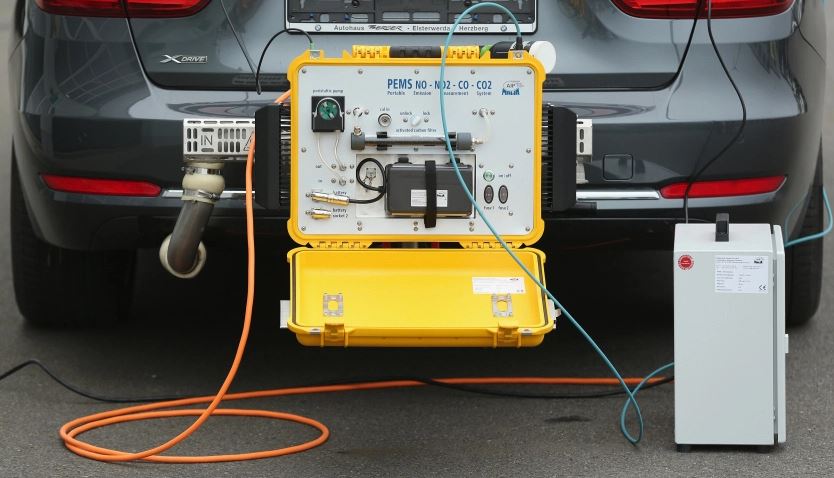
And Now Some More Good News – EVs reduce Air Emissions
Let’s not forget the benefits EVs in the form of improving air quality.
Here are some very interesting stats which we will let speak for themselves;
- In New Zealand air pollution from vehicles alone is estimated to result in 500 Premature Deaths, more than 260 hospitalizations and 712,000 restricted activity days each year
- In Europe 75,000 deaths from nitrogen dioxide in Europe, mainly from diesel vehicles
- In the US, the Massachusetts Institute of Technology (MIT) calculated 53,000 premature deaths result from vehicle pollutants each year
- In China, [920,000 deaths a year](920,000%20deaths there were attributed to outdoor pollution, such as the particulate matter spread by power plants and vehicle emissions) were attributed to outdoor pollution, such as the particulate matter spread by power plants and vehicle emissions
The millions of lives saved by electric vehicles through the mitigation of climate change we’ll save for another day.
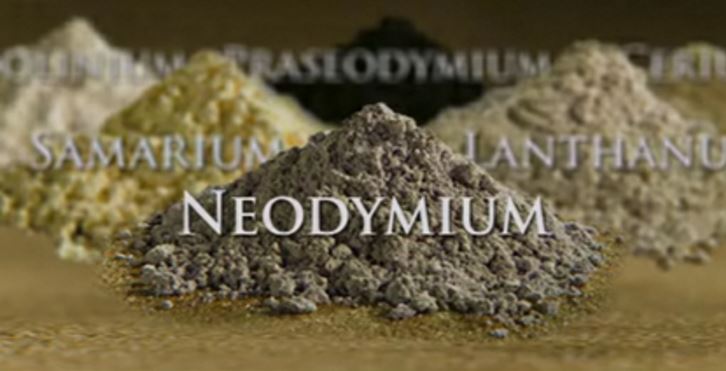
Which leaves Rare Earth Metals – There is Some Toxicity
One element of toxicity that EVs do have is the mining of rare earth metals. So do FOSSILs, but in much lower quantities.
Rare earths themselves are not toxic, but their mining and processing can be.
Neodymium in particular is required for permanent magnets required to make electric motors.
EV’s require about 2 kgs of rare earth metals, 90% of which is currently mined in China.
To mine rare earth metals, sometimes up to 99% of the earth is required to be mined to gain only 1% rare earth metals.
What is left over after processing through acidic processes leaves toxic mining tailing. However Australia and the US have been working on ways to mine rare earth metals in more environmentally friendly ways. Contaminated soil is typically dealt with in several ways – one of which is phytoremediation, you identify plants that are tolerant and plant them into the soil to stabilize the site and help enable ecosystem recovery, washing soil is possible but expensive. Typically the approach depends on the soil and chemical conditions for each individual site.
The good news is that there is a solution. Tesla does not use rare earth metals in it’s electric motors. It uses Nikolai Tesla’s 3 phase AC induction motor design that doesn’t require rare earth elements to work.
When you consider also that these high priced rare earth metals will be recycled more in years to come, the rare earth metal market is likely to become a highly recycled commodity.
Fossil fuels on the other hand can only be used once, and considering the damage done through oil and gas exploration, and oil sand mining, rare earth metal mining and processing pales in significance.
Here is a well balanced article which talks about, in the US context, comparing EVs, in this case Tesla with FOSSILs.
The major difference is in New Zealand that we have access to carbonzero Certified Electricity, so in essence the only emissions from electricity is from the manufacture and construction of wind farms and hydro dams, which is a minuscule 5 – 15 grams / CO2e / kWh compared to 40 – 900 grams from a gas, coal or geothermal plant.
But it is true, rare earth metals require a lot of mining and processing. Compared to FOSSILs, that’s about as bad as a EV gets.
So the question should be, are we happy to create 200 kgs of toxic soil, to avoid 70,000 kgs of CO2 and environmental damage from oil and gas exploration?
The answer would have to be yes.
There are already 20 plug-in electric models available in New Zealand. To find out what Santa has waiting for you take a look at New Zealand's leading Electric Vehicle Buyers Guide
Ecotricity is New Zealand’s only provider of carbonzero Certified Electricity.

